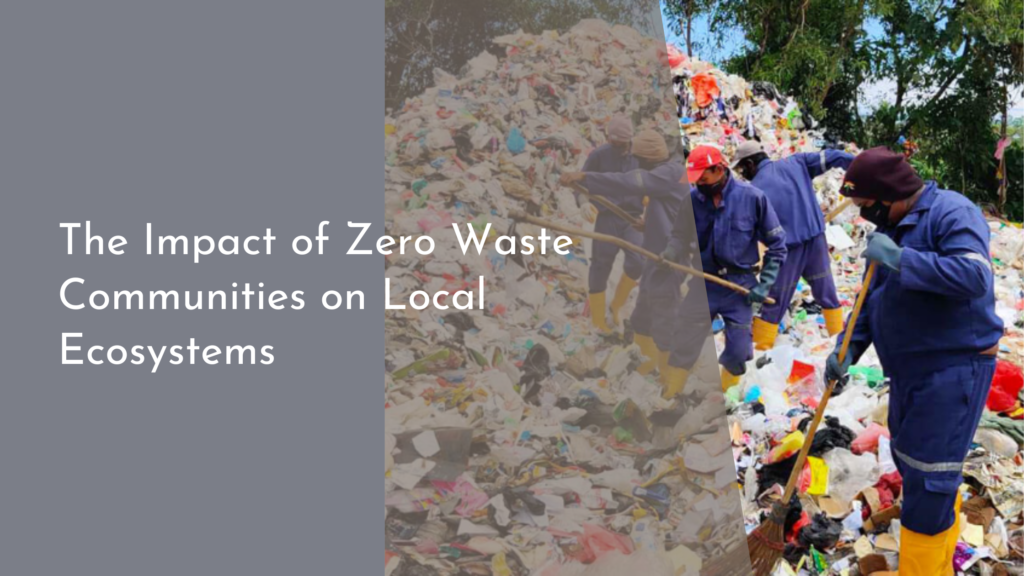Rainwater Harvesting for Wildlife Rescue and Rehabilitation Facilities
In a world increasingly challenged by climate change and water scarcity, innovative solutions are essential for both human and wildlife welfare. One such approach gaining momentum is rainwater harvesting, a sustainable practice that allows facilities to collect and utilize rainwater for various purposes. Wildlife rescue and rehabilitation facilities, in particular, stand to gain immensely from implementing rainwater harvesting systems. Not only does this method provide a reliable water source, but it also contributes significantly to the health and well-being of animals in care. This article delves into the numerous benefits of rainwater harvesting and outlines how these systems can be seamlessly integrated into wildlife rescue operations.
Discover the Benefits of Rainwater Harvesting Today!
Rainwater harvesting offers a plethora of advantages, especially for wildlife rescue and rehabilitation facilities. One of the most significant benefits is the reduction of dependency on traditional water sources, which can be scarce or expensive. By capturing rainwater, these facilities can create a sustainable water supply that not only lowers operational costs but also mitigates the impact of seasonal droughts and fluctuating water prices. This independence from municipal water systems allows wildlife sanctuaries to allocate funds more efficiently, channeling resources into animal care, veterinary services, and educational programs.
In addition to financial savings, rainwater harvesting promotes environmental stewardship. By utilizing rainwater, wildlife facilities can decrease their ecological footprint, contributing to water conservation efforts in their communities. This practice helps maintain local ecosystems, as it reduces stormwater runoff and minimizes urban flooding. Furthermore, rainwater is generally free from the chemicals and additives present in treated water, making it a healthier option for the animals being rehabilitated. With these benefits in mind, it’s clear that rainwater harvesting is a win-win for wildlife care providers and the environment alike.
How Rainwater Supports Wildlife Rescue Efforts
Rainwater is not just a cost-effective resource; it plays a crucial role in the daily operations of wildlife rescue facilities. Fresh water is essential for all living beings, and in a rehabilitation center, it is used for drinking, cleaning enclosures, and preparing food for various species. Having a dedicated system to capture and store rainwater ensures that facilities can provide a consistent, quality water supply, even during dry spells or water shortages. This is vital for maintaining the health and hydration of animals, especially those recovering from injury or illness.
Moreover, rainwater harvesting can enhance the overall well-being of wildlife by promoting natural behaviors. For instance, certain species may benefit from access to water features created using harvested rainwater, such as ponds or small streams. These features not only provide hydration but also allow animals to engage in instinctual behaviors, such as bathing and foraging. Consequently, the presence of naturalized water sources can significantly improve the quality of life for animals in rehabilitation, aiding in their recovery and eventual release back into the wild.
Simple Steps to Implement Rainwater Systems Easily
Implementing a rainwater harvesting system doesn’t have to be a daunting task. The first step is to assess the facility’s capacity for collecting rainwater, which includes evaluating roof areas, gutters, and downspouts. Facilities can install rain barrels or larger cisterns to capture rainwater efficiently. Many companies offer affordable, easy-to-install systems that can be tailored to the unique needs of wildlife facilities. Additionally, simple maintenance routines, such as regularly cleaning gutters and checking for clogs, can ensure optimal operation, making rainwater harvesting a practical and low-maintenance option.
Moreover, incorporating educational programs about rainwater harvesting can engage staff, volunteers, and the community. Workshops can be organized to teach participants about the system’s benefits and how to install and maintain it. Collaborating with local environmental organizations can also enhance these efforts and broaden the impact. By promoting rainwater harvesting not only within their own facilities but also throughout the community, wildlife rescue organizations can inspire others to adopt sustainable practices, creating a ripple effect of conservation.
Join the Movement: Help Wildlife with Rainwater Solutions!
The call to action is clear: by joining the movement for rainwater harvesting, individuals and organizations can make a significant impact on wildlife rescue and rehabilitation efforts. Whether you are a facility manager, an avid animal lover, or a community advocate, everyone has a role to play. Supporting local wildlife centers in their efforts to implement rainwater systems can help ensure they have the resources needed to provide care and rehabilitation to injured or orphaned animals. Consider volunteering your time or sharing your expertise with these facilities to help them become more sustainable.
Moreover, spreading awareness about rainwater harvesting in your community can lead to broader support for wildlife conservation. Organize events, share your experiences on social media, or collaborate with local schools to promote the importance of water conservation and wildlife rescue. Together, we can create a network of support that not only enhances the resources available to wildlife rescue facilities but also fosters a culture of sustainability and care for our planet. Let’s unite to ensure a brighter future for both wildlife and the ecosystems they inhabit!
Rainwater harvesting presents an exciting opportunity for wildlife rescue and rehabilitation facilities to thrive in an era of environmental challenges. By embracing this sustainable approach, facilities not only ensure a reliable water supply but also promote healthier ecosystems and wildlife. As we move forward, let us encourage the adoption of rainwater harvesting solutions and foster a collective commitment to wildlife conservation. Every drop counts, and together, we can make a difference!


